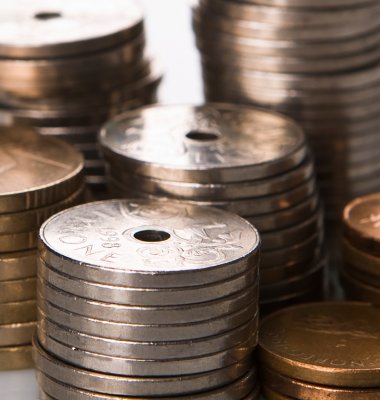In general, we saw a two-way split in PPI for March. If we look at the index without energy goods, the prices rose by 1 percent, whereas for energy goods, the downturn was at 6.6 percent. The largest contributors were crude oil and natural gas, both of which had falling prices, with natural gas falling the most. This resulted in the combined price index for these two falling by 8.4 percent. The downturn for energy goods were dampened by a relatively small increase in prices on electricity.
Price growth in the seafood industry
The food industry continued its price increase from February, where the prices increased 1.8 percent in March. Disregarding August 2022, prices have risen for the food industry every month since October 2021. In March, the changes are small for most subgroups, but there was an increase for feedstuffs as an example of a larger change. However, the large contributor was the price increase for the seafood industry.
The index for seafood rose by 3.9 percent in March. Only two times since 2020 has the monthly increase been larger. During March there has been large price jumps on salmon, particularly at the beginning of the month. One important explanation for this has been increased production costs, among them increased prices on input goods such as rapeseed and soy. The increase has not been limited to the aquacultural parts of the industry, as prices on both wild types of fish and shellfish also have increased. Among them the prices on the Pelagic Atlantic cod, which were significantly higher than at the same time last year.
Small changes in manufacturing
The change in March’s price index for manufacturing in total ended up at a positive 0.9 percent. Perhaps the most remarkable were the consistently small changes for most subgroups. A typical industry relying on raw materials such as the chemical industry have had large changes in prices lately, but in March there was only a small downturn of 0.4 percent. Likewise, the refined petroleum products had a fall in prices of only 0.8 percent. This small change can be put into context with the stable oil prices so far in 2023.
Of manufacturing industries with some movement, one can mention the mineral product industry and electrical equipment industry, both of which increased by 5 percent in March. The metal industry had an increase of 1 percent and continues its growth after falling prices in the latter half of 2022.
Small increase in electricity prices
After a smaller decrease in February there was an equivalent increase of 3.7 percent for In Norway, production and distribution of electricity are the principal parts of this group. in March. According to the weekly reports from the Norwegian Water Resources and Energy Directorate (NVE) at nve.no (in Norwegian), the electricity prices rose due to colder weather and decreasing wind production in the middle of the month. In the latter part, the weather mildened, and wind production increased, reversing the trend, and lowering prices.
